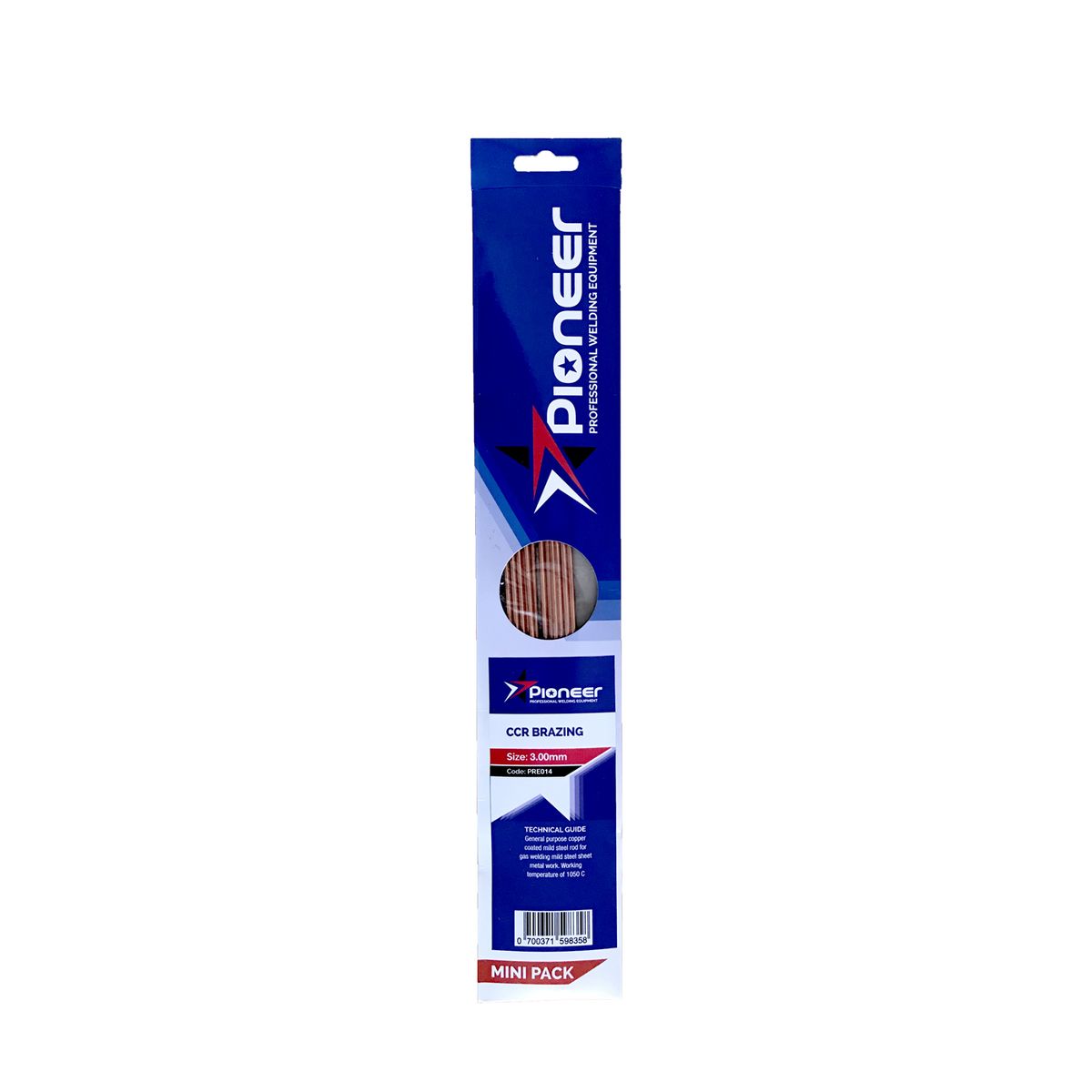The mesmerizing dance of the aurora borealis, or northern lights, is a natural spectacle that draws countless visitors to the northern regions each year. Characterized by vibrant greens, pinks, and purples lighting up the night sky, this phenomenon is truly a sight to behold. For those who are passionate about witnessing this celestial event, knowing the best spots for viewing the aurora rod is essential. This guide will take you through an exciting journey of the top locations where you can experience the majesty of the northern lights.
From the icy landscapes of Scandinavia to the rugged terrains of North America, the aurora rod can be seen in numerous locations across the globe. Each location offers a unique vantage point, providing a different perspective of this ethereal beauty. Whether you are an amateur astronomer or a seasoned traveler looking for your next adventure, understanding the best times and places to experience the aurora rod can make your trip unforgettable.
In this comprehensive guide, we will explore the various factors that influence aurora visibility, such as geographic location, weather conditions, and solar activity. We'll delve into the top locations renowned for their aurora sightings, offering insights into what makes each spot special. Additionally, we'll provide useful tips on how to maximize your chances of catching this elusive light show, ensuring that your efforts are rewarded with the awe-inspiring view of the aurora rod.
Read also:Grace Jabbari Injuries Facts Impact And Recovery
Table of Contents
- What is the Aurora Rod?
- Factors Affecting Aurora Visibility
- Top Spots in Norway
- Iceland Northern Lights Hotspots
- Sweden: Best Views
- Finland: The Lapland Experience
- Canada: Aurora Rod Destinations
- Alaska: A Northern Lights Paradise
- Russia: The Aurora Spectacle
- Greenland: Unspoiled Views
- Scotland: Aurora Hunting
- Tips for Aurora Photography
- Best Times to Visit
- Frequently Asked Questions
- Conclusion
What is the Aurora Rod?
The aurora rod, commonly known as the aurora borealis or northern lights, is a natural light display predominantly seen in high-latitude regions around the Arctic and Antarctic. This phenomenon occurs when charged particles from the sun collide with atoms in the Earth's atmosphere, resulting in bursts of light that we perceive as the aurora. The science behind this spectacle is both fascinating and complex, involving interactions between solar winds and the Earth's magnetic field.
Factors Affecting Aurora Visibility
Several factors can affect your ability to witness the aurora rod. Geographic location is a primary consideration, with areas closer to the magnetic poles offering the best views. Weather conditions also play a significant role; clear, dark skies free of light pollution provide ideal viewing opportunities. Additionally, solar activity, such as sunspots and solar flares, can increase the intensity and frequency of auroral displays.
Top Spots in Norway
Norway is renowned for its stunning fjords and incredible aurora displays. The city of Tromsø is often referred to as the "Gateway to the Arctic" and is one of the best places to view the northern lights. With its high latitude and relatively mild coastal climate, Tromsø offers a perfect combination for aurora hunting. Other notable spots include the Lofoten Islands and Alta, where the auroral activity is frequent and spectacular.
Iceland Northern Lights Hotspots
Iceland's unique landscapes provide an extraordinary backdrop for the northern lights. The capital city, Reykjavik, is a popular starting point for aurora chasers, but for a more immersive experience, head to the remote areas such as Thingvellir National Park or the Snaefellsnes Peninsula. These locations offer pristine views away from city lights, enhancing your chances of witnessing a breathtaking aurora show.
Sweden: Best Views
In Sweden, the region of Swedish Lapland is the ultimate destination for aurora enthusiasts. The town of Kiruna, along with the nearby Abisko National Park, is famous for its clear skies and frequent auroral activity. Abisko is particularly noted for its "blue hole," a patch of sky that remains clear even during cloudy weather, increasing the likelihood of seeing the aurora rod.
Finland: The Lapland Experience
Finland's Lapland region is synonymous with winter wonderlands and northern lights. The town of Rovaniemi, known as the official hometown of Santa Claus, offers a magical setting to watch the auroras. For a truly unique experience, consider staying in a glass igloo at the Kakslauttanen Arctic Resort, where you can gaze at the aurora from the comfort of your bed.
Read also:Devereaux Christopher Johnson Visionary Leader And Innovator
Canada: Aurora Rod Destinations
Canada's vast wilderness is home to some of the best aurora viewing locations in North America. The Northwest Territories, particularly the city of Yellowknife, is famous for its clear skies and vibrant auroras. Additionally, the Yukon and the province of Alberta, especially around Jasper National Park, offer stunning settings for aurora viewing.
Alaska: A Northern Lights Paradise
Alaska's remote landscapes provide an idyllic setting for witnessing the northern lights. Fairbanks is one of the top destinations for aurora viewing, with its long nights and consistent auroral activity. The surrounding areas, such as the Chena Hot Springs Resort and Denali National Park, offer excellent opportunities to experience the aurora rod in a serene environment.
Russia: The Aurora Spectacle
Russia's vast expanse offers several prime locations for aurora viewing. The Kola Peninsula, near the city of Murmansk, is a popular spot for both tourists and scientists studying the aurora. This region provides a dramatic backdrop of snow-covered landscapes, enhancing the visual impact of the northern lights.
Greenland: Unspoiled Views
Greenland's remote and rugged terrain offers some of the most unspoiled views of the aurora rod. The town of Kangerlussuaq is a popular base for aurora watchers, with its clear skies and minimal light pollution. For a more adventurous experience, explore the ice caps and fjords, where the aurora dances across the sky in isolation.
Scotland: Aurora Hunting
Although not as commonly associated with the northern lights as other destinations, Scotland offers some surprising opportunities for aurora viewing. The Shetland Islands and the Isle of Skye are among the best spots in the UK to catch a glimpse of the aurora, especially during periods of high solar activity.
Tips for Aurora Photography
Capturing the aurora rod on camera can be challenging but rewarding. To get the best results, use a DSLR camera with a wide-angle lens and a tripod for stability. Set your camera to a high ISO and a slow shutter speed to capture the vibrant colors and movement of the aurora. Experiment with different settings to find what works best for your specific location and conditions.
Best Times to Visit
The best time to see the aurora rod is during the winter months, from late September to early April, when the nights are longest and the skies are darkest. However, aurora activity is influenced by the solar cycle, which peaks approximately every 11 years. Planning your trip around high solar activity can increase your chances of witnessing a spectacular aurora display.
Frequently Asked Questions
- What is the best time of year to see the aurora rod? The best time is during the winter months, from late September to early April.
- Do I need special equipment to see the aurora rod? No special equipment is needed to see the aurora, but a camera with a tripod can help you capture the moment.
- Can the aurora rod be seen from anywhere in the world? The aurora is best seen in high-latitude regions near the Arctic and Antarctic circles.
- Is the aurora rod visible every night? The aurora is not visible every night; it depends on solar activity and weather conditions.
- How can I increase my chances of seeing the aurora rod? Choose a location with dark, clear skies and plan your visit during periods of high solar activity.
- Are there any tours available for aurora watching? Yes, many locations offer guided tours to enhance your aurora viewing experience.
Conclusion
The aurora rod is one of nature's most breathtaking phenomena, offering a mesmerizing display of lights that captivate those fortunate enough to witness it. By understanding the best spots for aurora viewing and the factors that influence its visibility, you can enhance your chances of experiencing this magical event. Whether you're exploring the icy fjords of Norway or the vast wilderness of Canada, the aurora rod promises a memorable adventure that will leave you in awe of the natural world.

